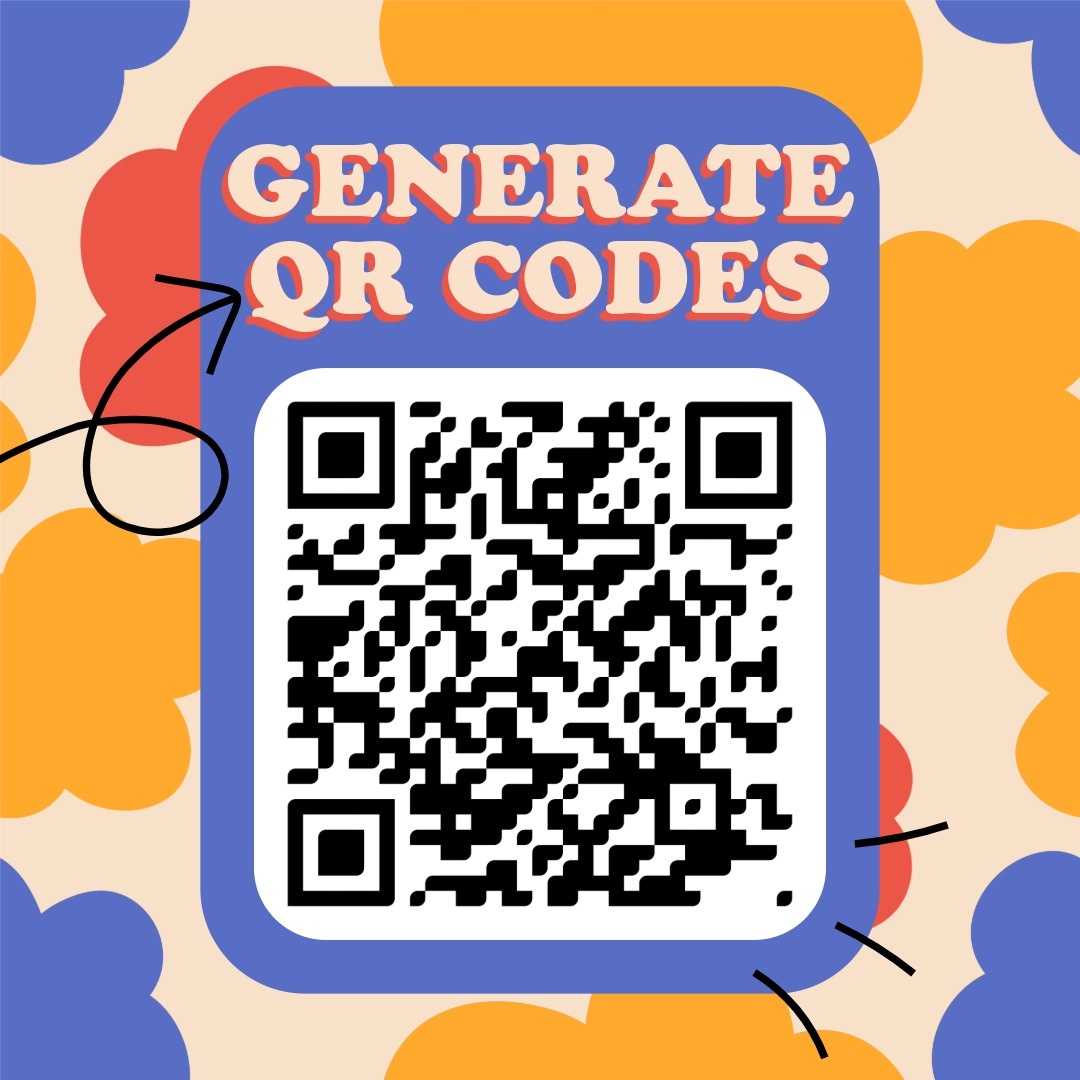Accessibility in HTML
Accessibility (a11y) ensures that your website is usable by everyone — including users with visual, motor, or other impairments.
Why Accessibility Matters
Not every user interacts with the web in the same way. Some use screen readers, keyboards, or alternative input devices. An accessible website offers a better experience for all users.
Alt Attribute for Images
Always provide an alt attribute for <img> elements. It describes the image content, helping screen reader users understand what the image represents.
Form Fields and Labels
Always pair form fields with <label> elements linked by 'for' and 'id'. This allows screen readers to correctly associate the input with its label.
Keyboard Navigation Support
Not all users use a mouse. The <tabindex> attribute helps make elements keyboard-accessible via the Tab key.
Using ARIA Attributes
ARIA (Accessible Rich Internet Applications) attributes help describe complex UI components that are not natively supported by HTML. For example, <aria-label> can be used for buttons.
Helpful Tips
Following a few basic rules can significantly improve your website's accessibility. These practices benefit not only users with disabilities but everyone using your site.
<alt>– Text description for images<label>– Connect form inputs with their labelstabindex– Make an element focusable via keyboardaria-label– Provide extra context for screen readerscontrast– Ensure good contrast between text and background
✨ Ask Lara — your AI study partner
Unlock personalized learning support. Lara can explain lessons, summarize topics, and answer your study questions — available from the Go plan and above.
Lara helps you learn faster — exclusive to ReadyTools Go, Plus, and Max members.


